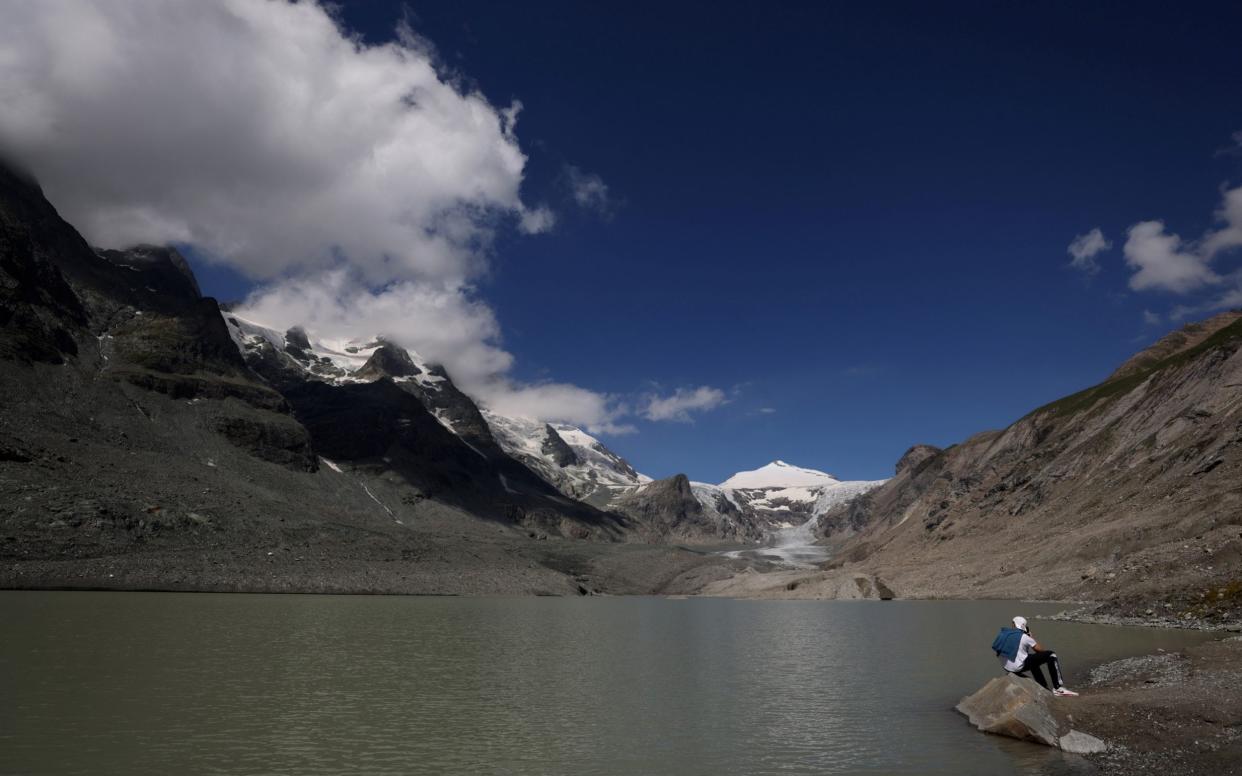Flood warnings as glacier melting leads to 50 per cent growth in glacial lakes

Melting glaciers have pushed up the size of glacial lakes by 50pc over the past three decades, researchers have found, warning of flood risks for billions of people.
In the first study of its kind, a team including scientists at the Met Office and the Universities of Leeds and Exeter used satellite imagery to examine the size of glacial lakes, which grow when glaciers melt, finding that they have grown in size and number since the 1990s.
The number of lakes has grown from 9,414 to 14,393, and the area of Earth that they cover has grown from almost 6,000km2 to almost 9,000km2.
The volume of water they hold also rose by 50.8 cubic kilometres, water which could otherwise have found its way to oceans and contributed to sea level rises.
A quarter of a million images taken by NASA Landsat satellites were used for the analysis. No worldwide assessment of glacial lakes has been made before, but recent developments in cloud computing, which allows large amounts of high-quality satellite data to be automatically mapped, made the research possible.
Trends in glacial lake growth are thought to be in part down to higher temperatures due to man-made climate change, but in some cases local climate variability may also be relevant.
The most significant changes were found in the Arctic circle, which is warming at a faster rate than the rest of the globe.
"The volume of lakes at high latitudes has grown most rapidly, consistent with the influences of global warming," the scientists wrote in the journal Nature Climate Change.
"We expect the global trend of glacial lake growth to continue, and perhaps accelerate, in a warming world, as glacier melting and retreat proceed."
They warned of an increased risk of glacier-related floods as the growing lakes push against the natural dams that hold them. The risk is particularly high in South America, the Himalayas and central Asia.
Key infrastructure, such as power plants and roads, could also be under threat from flooding. Many glaciers also provide a reliable water supply to people living downstream.
The trekking route to Everest, as well as communities that rely on business from tourists coming to climb the world's highest mountain are potentially at risk, as are several hydroelectricity projects and the Trans-Alaska pipeline.
Last month a child was killed and 17 homes destroyed in one such flood in Pakistan.
Scientists have warned that Greenland's ice sheet has passed the point of no return, as the proximity of glaciers to warmer meltwater accelerates warming even if global temperatures cease to rise.

